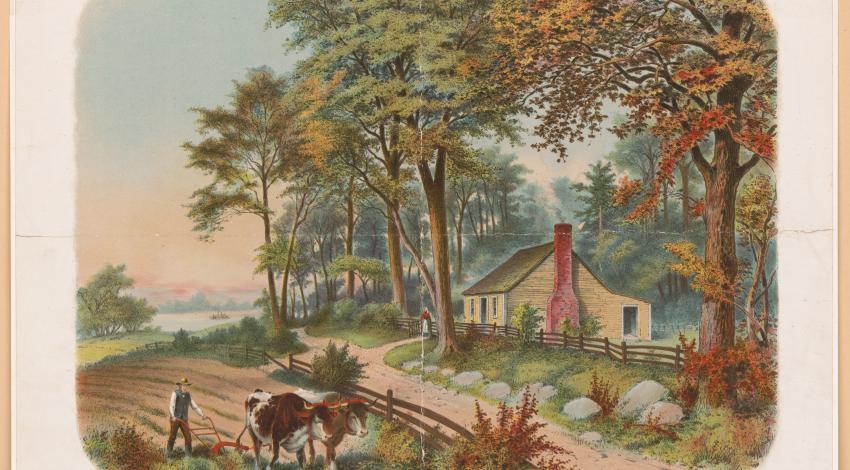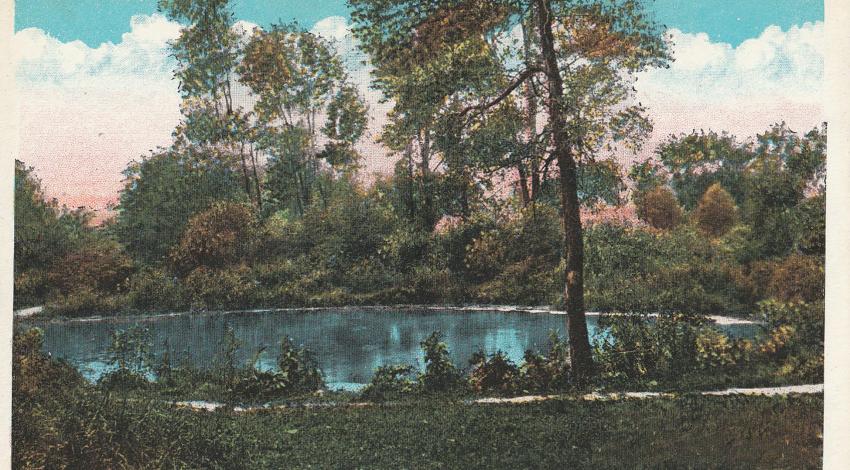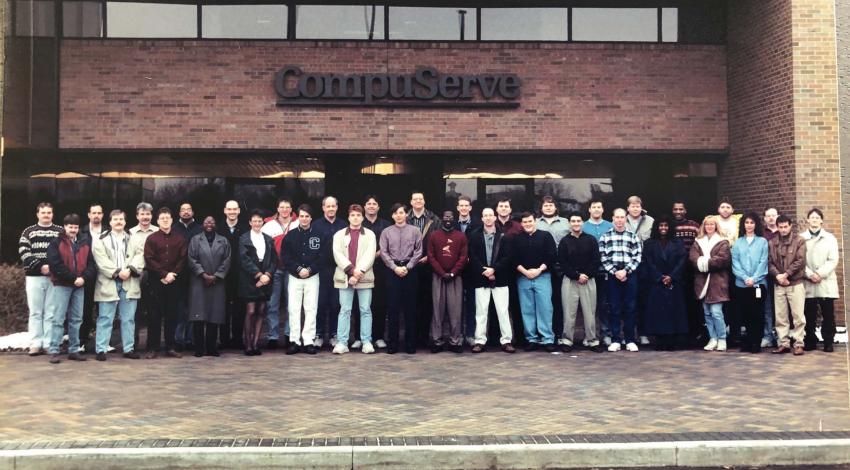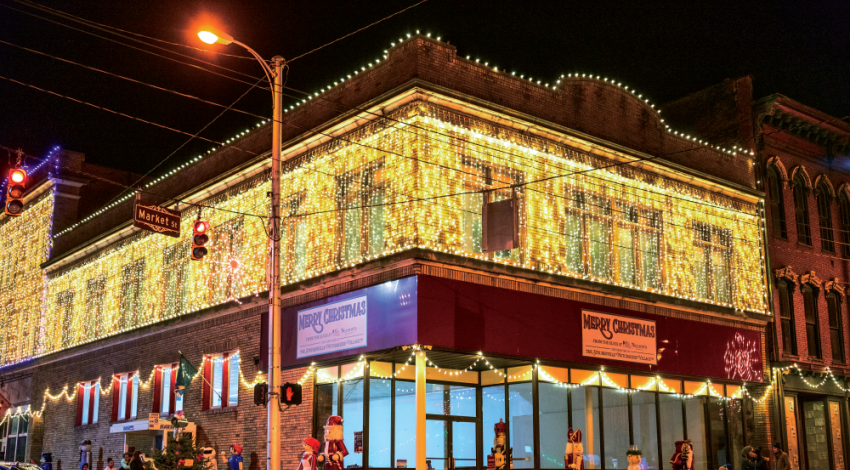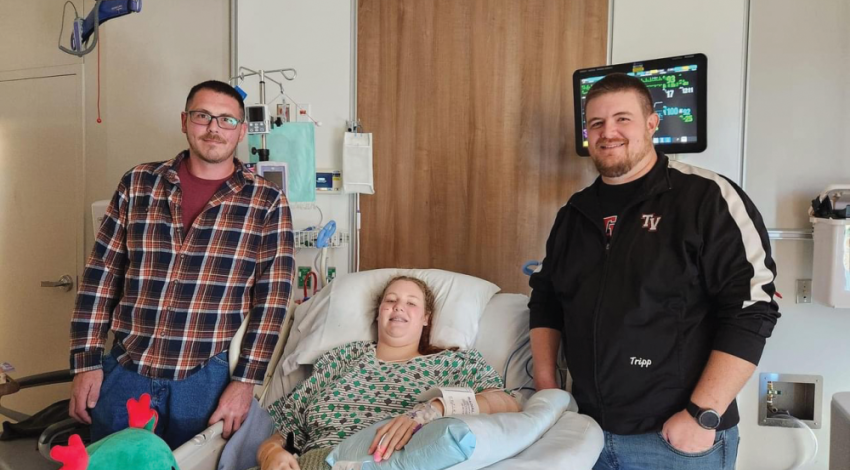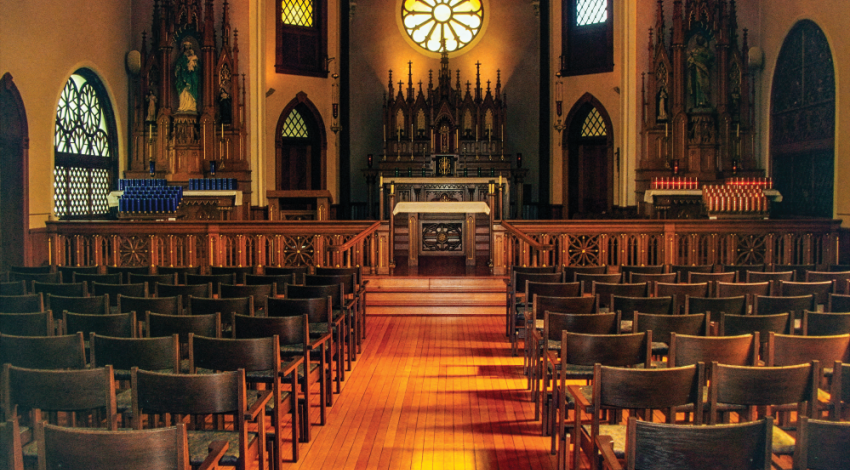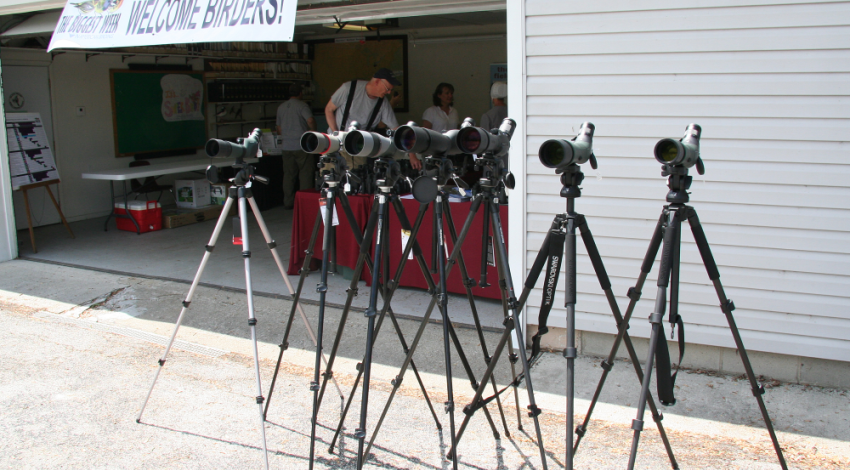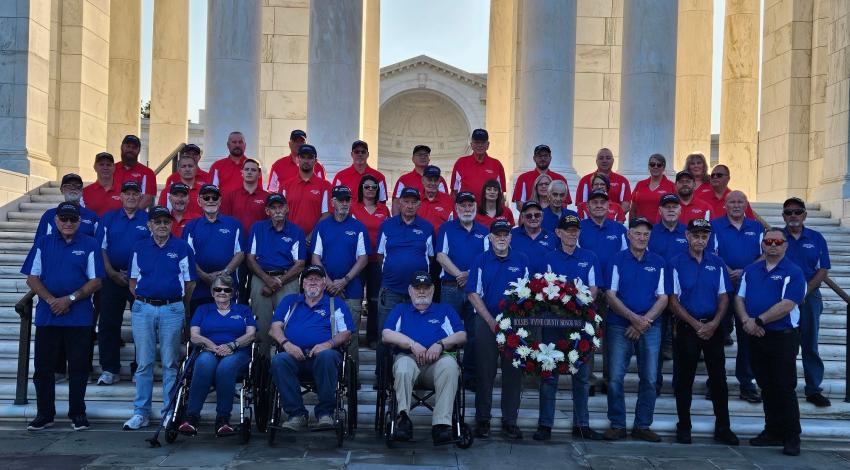Ohio is known for producing more United States presidents than any other state in the Union — eight in all, including several who were veterans of the Civil War. First among the veterans, and perhaps appropriately so, was General Ulysses S. Grant.
Grant descended on his father’s side from a family long-established in America, dating to the Massachusetts Bay Colony circa 1630. His great-grandfather served the British in the French and Indian War, and his grandfather aided the colonists’ cause at the famed American victory at Bunker Hill in the American Revolution. Perhaps, then, it was no surprise that the 5-foot, 2-inch 17-year-old Grant would accept an appointment to the United States Military Academy at West Point, New York, in 1839.
